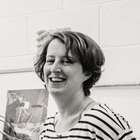How to run an AccessLab
Posted Nov. 20, 2018 by Amber GriffithsAccessLabs are workshops with two simultaneous motivations:
1) To decentralise research skills so a broader range of people are able to access/use scientific research, reducing inequality.
2) To expose science researchers to the difficulties of using their research as an outsider, creating new open access advocates.
We’ve now run five AccessLab workshops, and this post serves to outline the format so others can use the information to develop their own ideas.
Background of the Project
In 2015 we ran an explorative pilot event for a small, mixed group, to see if our hunch was correct about the different types of information people use depending on their backgrounds, and to decide how we could help more people to access primary scientific information for their own purposes. From the ideas raised at this event, we sketched out a workshop format. A year later, a local arts funder (FEAST) took a punt on the idea, and funded the first full AccessLab workshop, pairing artists with science researchers, which we ran in Penryn in 2017. The project gradually gained traction, with the British Science Association (BSA) funding a second event later in the year, this time aimed at councillors and community group leaders, held in Redruth. The Natural Environment Research Council (NERC) then agreed to fund a series of three events in 2018, firstly for the marine sector in Penzance, then journalists/media in Exeter, and finally for policy makers in Plymouth. Each workshop has been iteratively improved based on our experiences and generous feedback from 84 participants.

Overview
Each AccessLab workshop has two parts. The first is a short session to prepare the researchers. The second is a full day, bringing the researchers together with another group of people from their local region. AccessLab locations were generally chosen to be in areas of high economic depravation. Venues were for the most part chosen to be relatively neutral spaces – avoiding venues with associations to formal learning like schools, universities or libraries. Ahead of each AccessLab, we put out an open call for the chosen audience, and for science researchers – we prioritised people who lived locally to the area where the event would be held, to try to enable longer-term relationships to form.
The pilot and first two AccessLabs were run by FoAM. Since the aim was to develop a format that others could deliver, we began to experiment with handing over parts of the facilitation. For the third AccessLab we were joined by Lotty Brand from the University of Exeter, who was a former participant, and who developed a new section about how scientific research is published. The fourth AccessLab was facilitated primarily by Clio Heslop from the BSA, and was the only event to take place in a formal learning environment (Exeter Library). The final AccessLab was facilitated jointly by FoAM and the BSA.
When planning an AccessLab, the first job is to decide on the audience, find a suitable venue, and book the dates. We then begin advertising ~3 months in advance of the workshops. We take 8 participants from the chosen audience, and 8 participants who are active science researchers (2nd year PhD or above, to ensure that they have acquired the necessary basic research skills).
Before each event, we ask the participants who are not science researchers what topic/question they want to research at the workshop – this can be anything that is related to science or social science, and can be something that is useful for their jobs or more personally. We also ask all participants:
- Can they bring a laptop (it is best if they can because they are working with the same equipment that they will work with normally, but we can provide laptops if needed.
- Do they have accessibility or dietary needs.
- Do they need financial support for childcare/transport etc.
When budgeting for the workshops, we costed in £500 for each event to provide financial support to anyone who needed it, £300 for room hire, £500 for catering, and any necessary travel/accommodation costs for the facilitators. Additional costs for each workshop have included approximately £60 for printing flyers for advertising, £30 for notebooks for participants, and £10 for small origami papers which are used for various sessions. Other necessary items include chunky pens for each participant, extension cables for laptops, in-house printing costs, large pieces of paper (we usually use a roll of wallpaper), Lego or similar coloured objects, and any decorations for the room.
We place great emphasis on setting the scene to provide a relaxing environment – the choice of venue is the most important aspect of this, and we recommend checking venues for light/comfort/space/sound quality in advance. We often put wild flowers out around the room, and a table with fruit and a wide range of drinks for people to help themselves to throughout. Food is treated with high importance, as when taken seriously it can help bring people together and make them feel valued. For example, for many of the workshops, we hired local chef Hoon Kim to create a three course vegetarian Korean meal for lunch. Providing well for dietary needs is also important in making people feel valued, for example if one person is dairy free, it is little hassle to make the majority or entire meal dairy free so that they have as much choice as everyone else. Feedback from participants has shown this to be a worthwhile approach.
‘all the flowers and little touches make all the difference – it meant I realised it wasn’t going to be a test and was just more at ease, I also thought it meant they actually wanted me there’ - Penzance researcher participant
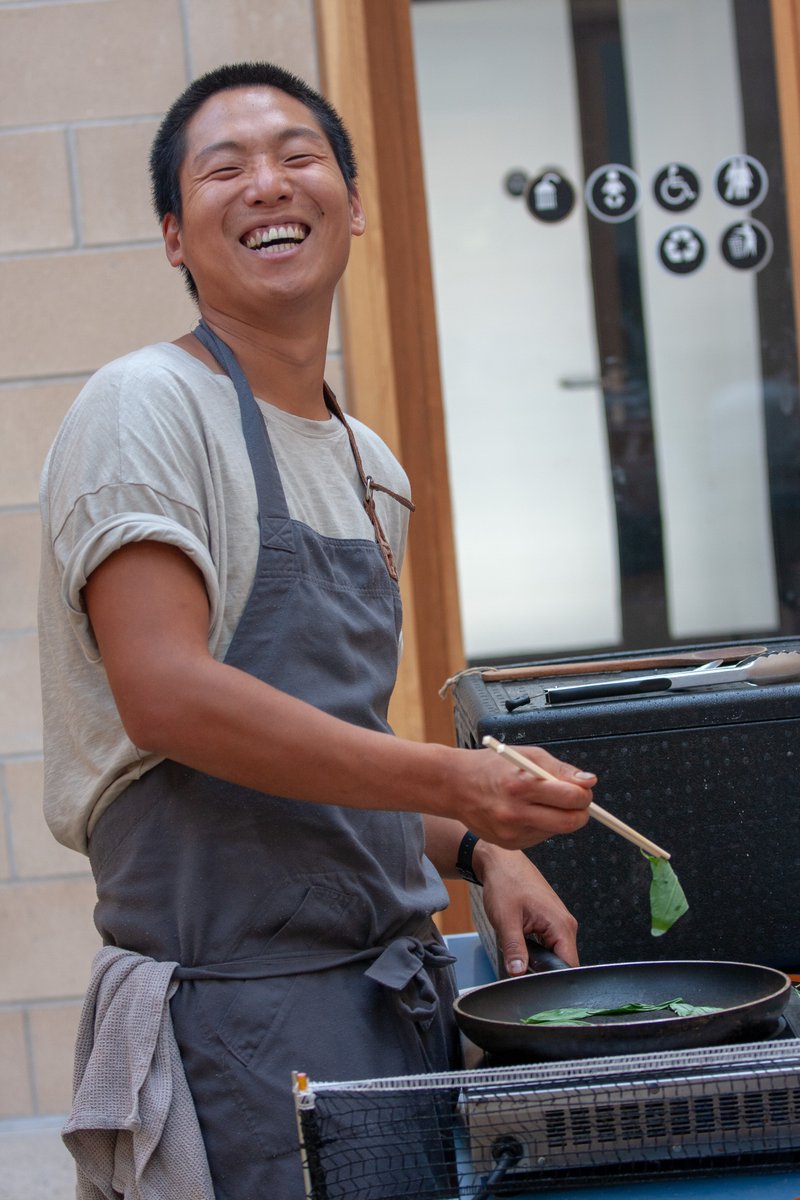
Workshop Structure
Day 1 - Preparatory session just for science researchers.
Brief Introduction [10 mins] - to the facilitators and practicalities (the space, toilets, fire protocol, photograph permissions).
Information Task 1 [30 mins] – Participants are asked a question that is outside their joint expertise – for example ‘if there were to be a new referendum on UK membership to the EU, which sources of information would you use to decide how to vote’. Participants write each source on a separate small piece of paper. We set up a ‘corridor of trust’, which is a scale on the floor running from ‘Glorious Hoax’ at one end of a corridor to ‘Reputable Sincerity’ at the other. Participants are asked to place each of their sources of information on the scale, depending on how trustworthy they believe that information to be. Together we discuss patterns that appear. Some critical points that we make from the exercise are:
- Science academics rarely if ever use peer-reviewed journals to find out about subjects other than their own – we almost never see politics or economics journals listed. So, it is unreasonable to assume that people from other backgrounds will be using scientific journals to get their information.
- Most people get a great deal of their information from their friends and family – this is fairly universal regardless of the topic in question.
- There are always some sources of information down at the Glorious Hoax end of the scale. This is interesting because it shows we use sources of information that we already know we don’t trust.
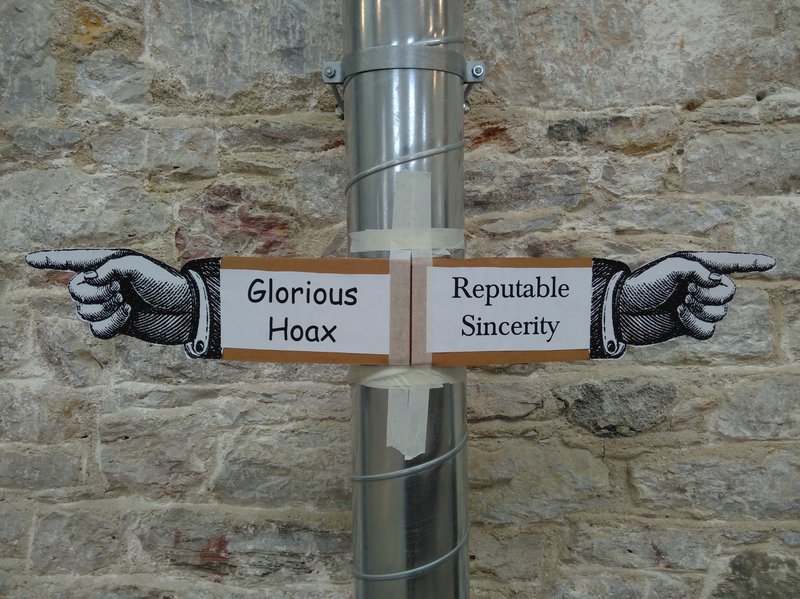
Main Introduction [15 mins] – What AccessLab is about, why we are doing it, how to work with groups that are very different to academia, who the group is that will be joining the main workshop. Talk slides from the final workshop are available here.
Information Task 2 [20 mins] – Participants are asked what the biggest problem of our time is, that scientific research has something to offer. They write their idea on a single piece of origami paper, which we gather in and join into categories. We then pair up the researchers and give each pair one of the big issues. They then have a short time (15-20 mins) to find 3-5 of the most important research papers that they would want people to read about that topic. Each pair writes their topic and list of papers onto a large sheet of paper. Once they are done, we take these away for later.
Break [15 mins] – with snacks provided.
Information Task 3 [30 mins] – We ask participants two things: (i) How do you find and access scientific information, and (ii) How do you judge the quality/reliability of a scientific research paper. They are asked to put their answers on individual small pieces of paper. We have two big charts set out on the floor, one for each of the two questions. The x-axes run from ‘easy’ to ‘difficult’, referring to how easy/difficult it would be for someone without a background in academia to use these methods. The y-axes run from ‘works well’ to ‘doesn’t work well’, referring to how good the method is either for finding papers or judging their reliability. This makes the participants think about how accessible the methods that they use are for other groups. We then give the participant 4 green lego bricks, and 2 purple bricks, and ask them to place the green ones on the methods on the charts that they think are very good to use with a non academic audience, and the purple ones on any method that they think is terrible.
VPN Check [5 mins] – We provide participants with two links to academic papers that are behind paywalls, and ask them to use their own laptops to see if they can access the papers. If they can, we know that they have VPNs or institutional journal log-ins set up, and we ask them to switch these off before the main workshop, so that they are researching with the same resources available to them as everyone else.
Closing [10 mins] – We bring back the list of papers that the researchers found about each of the big topics from Information Task 2. While the workshop has been going on, one of the facilitators has taken these lists away and tried to find each of the articles – the facilitator stamps a big red dollar sign on any that are paywalled. We use this to show the researchers that many (typically 50%) of the articles that they have suggested as the most important for people to read are actually inaccessible.
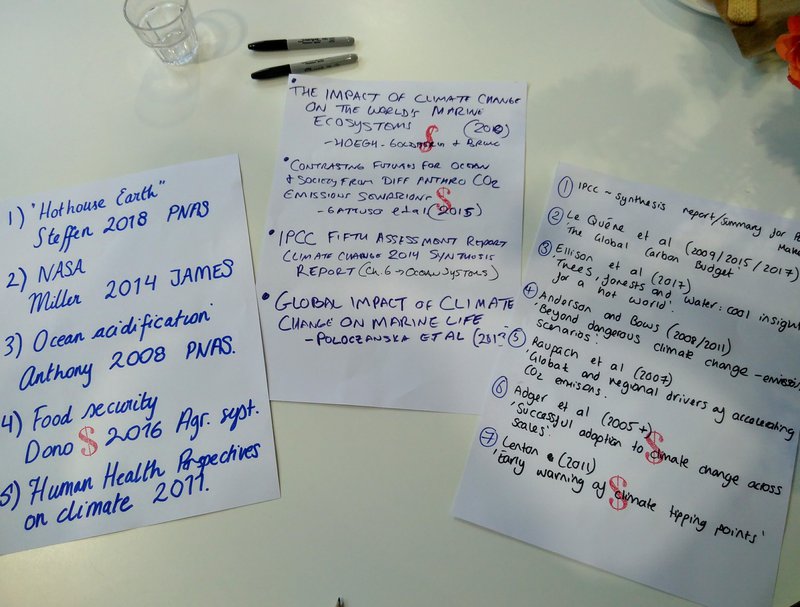
Room setup and preparations for Day 1
A laptop and projector are needed for talks, and extension cables are provided for participants’ laptops.
The room is organised as a single large table with people seated around the edge, in any order.
Each participant has: 1 notebook, 1 thick black pen, 1 name card, origami papers in 3 different colours (8 x colour 1, 1 x colour 2, 15 x colour 3), a set of lego for voting (4 x green, 2 x purple), 1 printed schedule.
A trust scale is set up in a nearby corridor or along one side of the room, with a centre marker and end markers that say ‘Glorious Hoax’ and ‘Reputable Sincerity’ for Information Task 1.
We provide 4 large sheets of paper to the group for Information Task 2. A red ink pad and dollar stamps are also used for Information Task 2.
Two large graphs are marked out on the floor (usually using bright washi tape), with axes labeled for Information Task 3.
Room signs are put up to show how to connect to the WiFi and where to find the papers for the VPN Check.
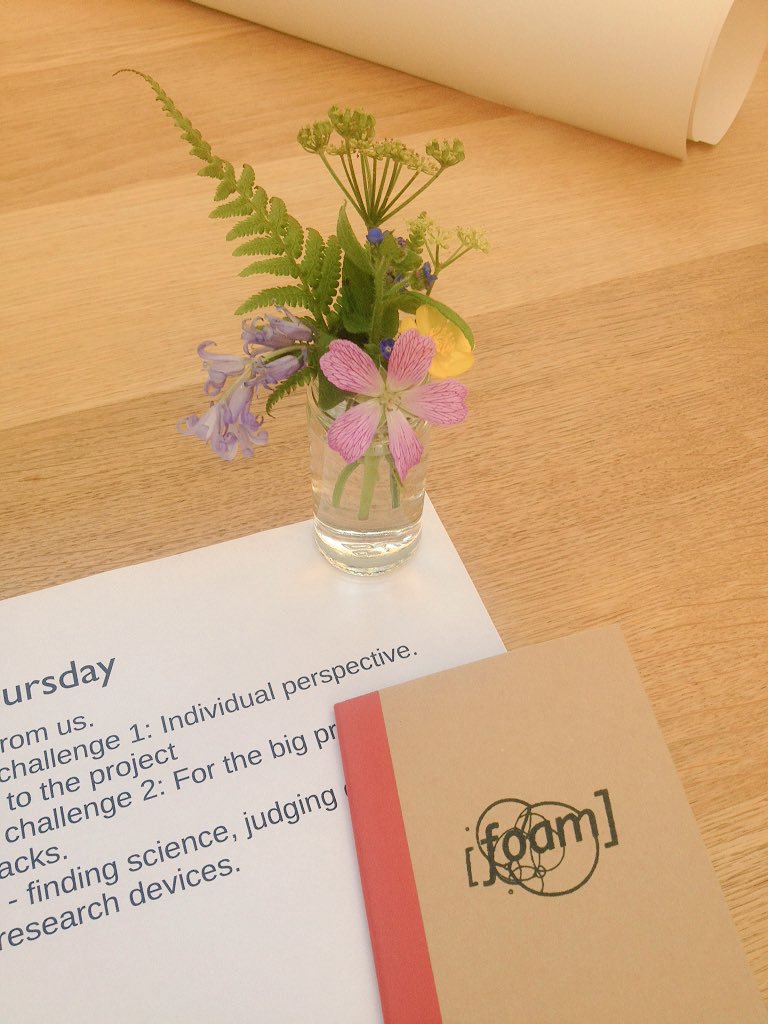
Day 2 – Main workshop for science researchers and chosen audience group
Brief Introduction [5 mins] - to the facilitators and practicalities (the space, toilets etc.), and if deemed necessary a round of introductions for all the participants.
Feedback [5 mins] - at the start of the day we ask participants to fill out some preliminary info which contributes to the feedback at the end. We ask non-researchers about their relationship with science (4 options: I work in a science related job or study a science subject/I feel connected with science – I actively seek out science news, events, activities or entertainment/I’m interested in science but I don’t make a special effort to keep informed/Science is not for me) and to rank ‘How confident do you feel researching scientific questions/topics’ and ‘How confident do you feel working with the other participant group (as opposed to your usual colleagues/peer groups)?’ (5 options: Not at all confident/Not very confident/Neutral/Quite confident/Very confident). Similarly, we ask researchers to rank ‘How confident do you feel working with the other participant group (as opposed to your usual colleagues/peer groups)?’ and ‘How important do you think it is to publish your own research Open Access?’, using the same 5 point scale. These questions are revisited at the end of the day. The feedback forms used for the final event are available here.
Information Task 1 [30 mins] – Participants are asked a question that is related to science – for example ‘if you wanted to look into the problem of marine plastics, and what you could do about it, what sources of information would you use’. Participants write each source on a separate small piece of paper. We set up a ‘corridor of trust’, which is a scale on the floor running from ‘Glorious Hoax’ at one end of a corridor to ‘Reputable Sincerity’ at the other. Participants are asked to place each of their sources of information on the scale, depending on how trustworthy they believe that information to be. Together we discuss patterns that appear. Some critical points that we make from the exercise are:
- Splits appear in the sources of information that each group uses. Typically the researchers use peer-reviewed journals (since they are now within their field of expertise), while the other group often make more use of charities and NGOs. Our aim is to demonstrate to the non-research group that they could make use of peer-reviewed journals, and also to show the academics where they might want to disseminate their work if they want people to read/use it.
- Researchers typically list colleagues and research institutions as a source of information, while the other group usually don’t have these types of contacts. We point out that this is a form of privilege – but also that the workshop is a chance to make this type of contact.
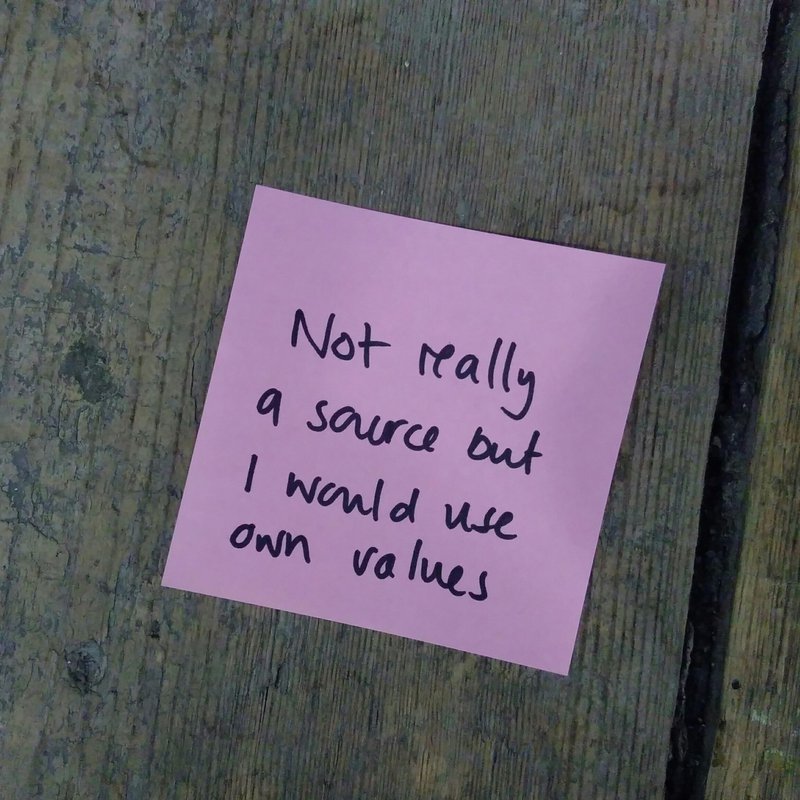
Main Introduction [35 mins] – here we provide three separate talks to provide the context for the rest of the day. Firstly an introduction to the AccessLab project, mentioning the value and quantity of scientific information out there, and exposing participants to the current lack of accessibility to this information [15 mins]. In this section we talk about what Open Access means, and the history of why the system works how it does. We mention the impact that Aaron Swartz and Alexandra Elbakyan have had on the accessibility of research papers. Secondly we give an introduction to how scientific research is funded in the UK, and how researchers choose what to work on [10 mins]. Thirdly we provide information on how scientific publishing works – what journals are, what review papers are, and how peer-review takes place [10 mins]. The talk slides from the final event are available here.
Discussion Session [35 mins] - time for questions arising from the introduction, and discussion as a group, encouraging people to answer each other’s questions instead of us. Typically this becomes a very frank and open discussion between equals. This session also is completely flexible in its length, which means we can adjust timings as necessary at this point to keep the day running on time.
Media Case Study [15 mins]– we talk briefly about how research ends up in the media, via university press offices, and press release aggregators like EurekAlert which are checked by journalists. We highlight research that shows exaggerations in the media usually originate from the university press releases, rather than being introduced by journalists. We then take a media article and trace it back to the original research, providing straightforward steps that people can take to judge the reliability of the work. The more we care about the findings, the further through these steps we would go. The talk slides are available here. These steps are:
- Can you find the original research – is there a link in the media article or can you find it by searching for the named researcher in the article?
- Who did the work – can you find the researcher anywhere online, do they work for a university or similar non-profit organisation, or do they have either no apparent affiliation or an affiliation that might indicate a strong bias?
- Who funded the work – usually this is stated at the start or the end of the research article – if the funder isn’t stated, or if there are clear conflicts of interest (e.g. the research is about lung cancer and is funded by a tobacco company), then there is good reason to be cautious.
- How was the work done – this is tricky, but there are simple things to look out for – be cautious of claims made about humans based on research done on other animals like mice, be cautious of research involving very small sample sizes, and be cautious of review papers that don’t state that they are systematic reviews.
- Did the research actually do what the media article says it did – sometimes there are clear disparities, e.g. a media article that talks about social media causing cancer, while the research article did not actually involve any research on social media causing cancer.
- What have others published previously/since – can you find other research papers that show the same thing, or do more recent papers debunk the work?
- Can you access the data – this is the gold standard – there should be a link to the raw data somewhere in the research paper. If the data has been made freely available, then it is less likely that the researchers have anything to hide as it is open to scrutiny.
Media Case Study Pairings [30 mins] - we pair people up with their neighbour (see room set-up details below), and provide each pair with a media article to scrutinise, following the steps suggested and any other methods they like. At the end, they have a chance to say if they thought their media article was reliable or not.
Lunch [45 mins]
Co-Research in Pairs [120 mins] – we tell people who they are paired up with, and explain that they then have two hours to do research together on the topic/question that the non-researcher came with. We pair people up so the researcher is not a specialist in the topic – this helps to stop the researchers from switching into teaching-mode where they might just pass on subject-specific knowledge rather than research skills. The exception to this rule is that where the non-researcher has a social science question, we will pair them with a social scientist as the research methods are quite different. There is essentially no structure to this session, and we do not ask for anything from the participants, as this time is for them. Our only suggestion is that the first 30 mins are spent on honing the question before diving into the research itself – from experience this is almost always necessary, as formulating the right question is a big part of doing good research.
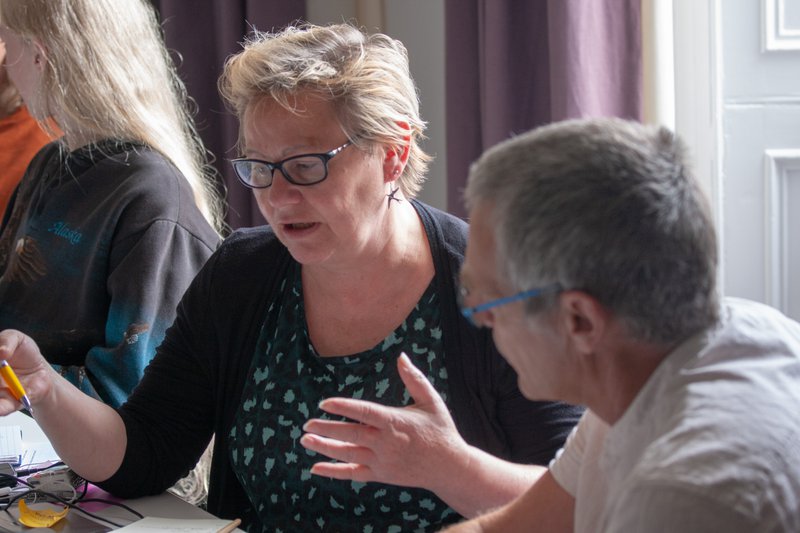
Feedback [30 mins] – we ask participants to complete the end-of-day sections in the feedback form they were given at the start, to see if their rankings have changed. For the three 2018 workshops we have also asked them to rate the importance of each section of the workshops, to establish whether any could be dropped in order to shorten the days, and to fill out three free-text questions: (1) What is the most useful thing you have learned from AccessLab? (ii) How has AccessLab made you think differently about your local area? (iii) Is there anything else you would like to tell us about AccessLab? Participants are also given a chance to give verbal feedback as a group. We aim to finish ~15 minutes early to give people a chance to meet anyone they wanted to before leaving.
Follow-up – we follow up participants 2-4 weeks and 5-6 months after each event, to ask for any free comments on whether coming to AccessLab has changed anything they do.
Room setup and preparations for Day 2
Participant pairings are worked out in advance as described in the Co-Research section above.
A ‘Who’s Who’ sheet is prepared, listing all the participants, where they are from/where they work, and briefly stating their interests.
A laptop and projector are needed for talks, and extension cables are provided for participants’ laptops.
The room is organised as a single large table with people seated around the edge.
Participant seating is arranged alternating researchers with non-researchers, and so that people are not next to the person they will be paired with for the main co-research session (to allow them to meet more people).
Each participant has: 1 notebook, 1 thick black pen, 1 name card, 8 pieces of origami paper (one colour for researchers and another for non-researchers), 1 printed schedule for the day, 2 printed feedback forms, 1 Who’s Who sheet.
A trust scale is set up in a nearby corridor or along one side of the room, with a centre marker and end markers that say ‘Glorious Hoax’ and ‘Reputable Sincerity’ for Information Task 1.
A set of 8-10 media case studies are prepared for the Media Case Study Pairings – a screenshot of the media article and a URL are printed out, and the links are also put at a single place online.
Room signs are put up to show how to connect to the WiFi and where to find the links for the Media Case Study Pairings.
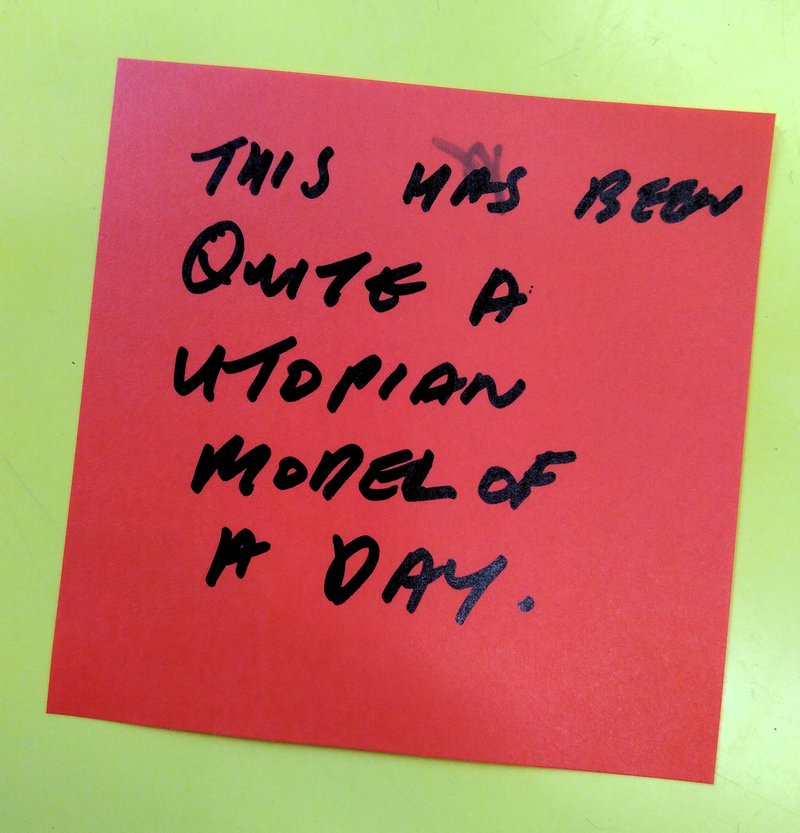
Created: 15 Jul 2021 / Updated: 23 Oct 2021



